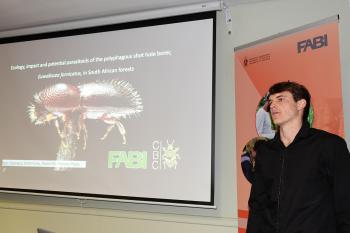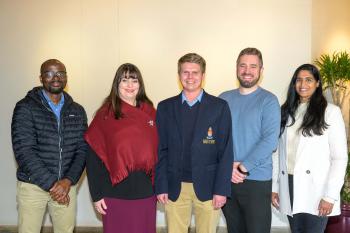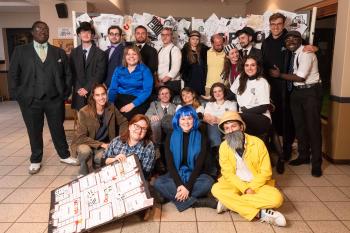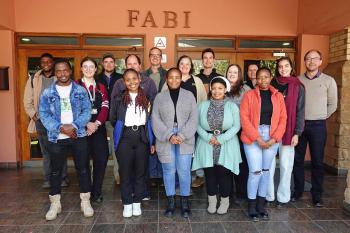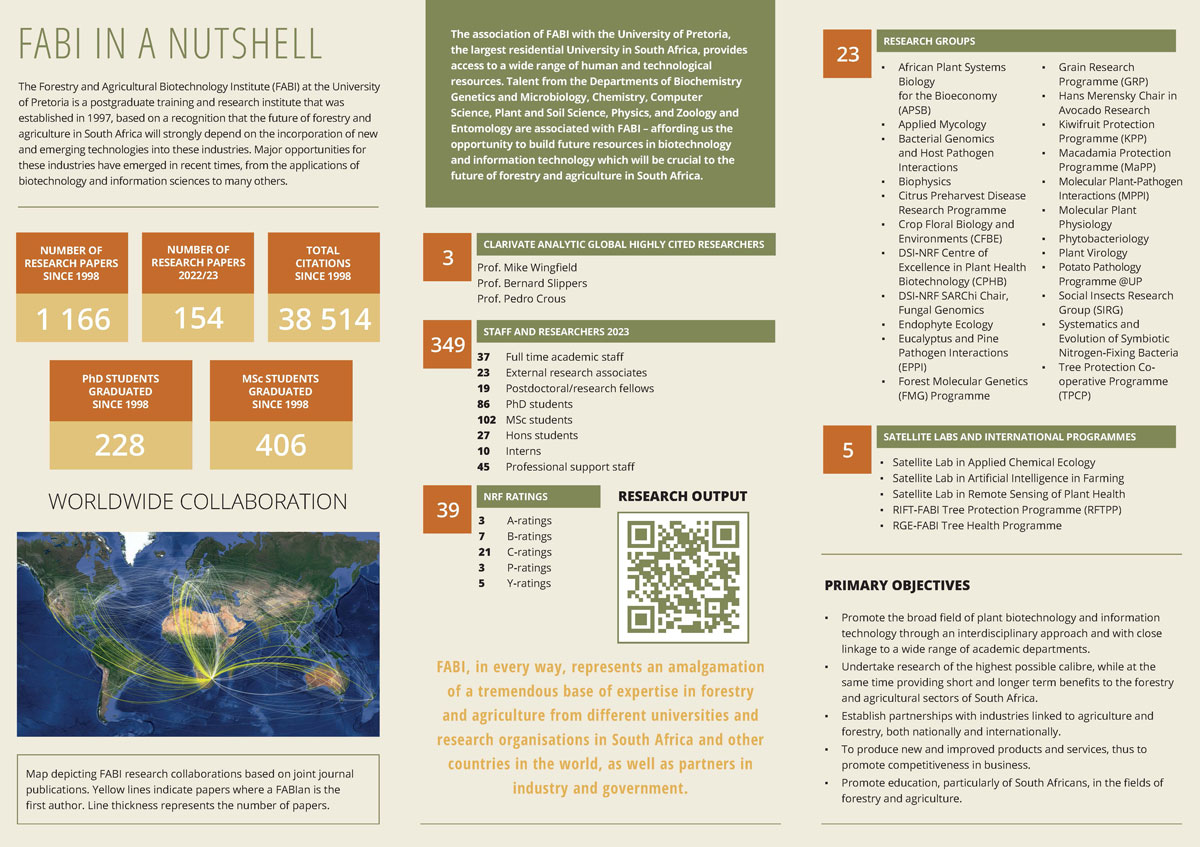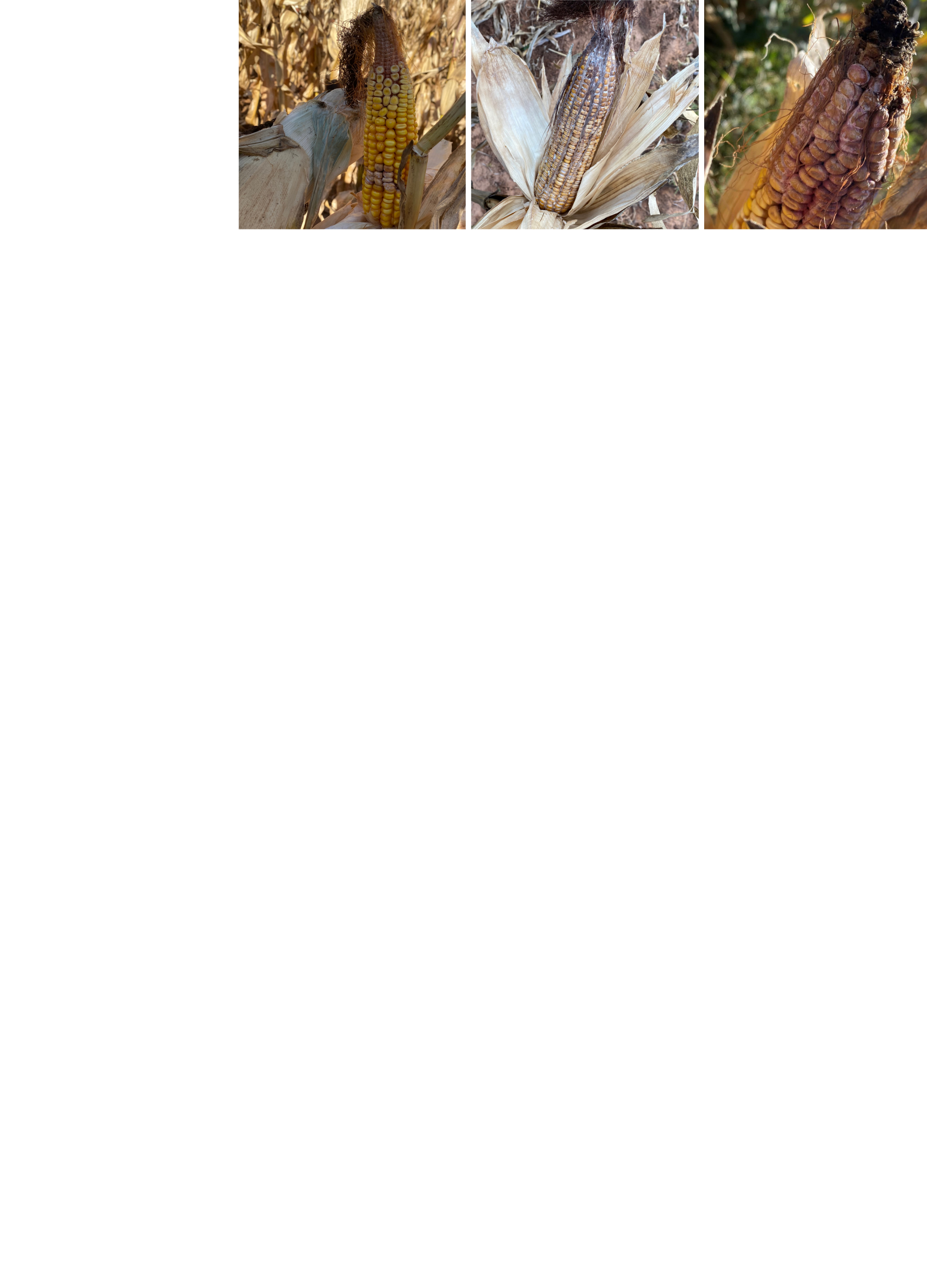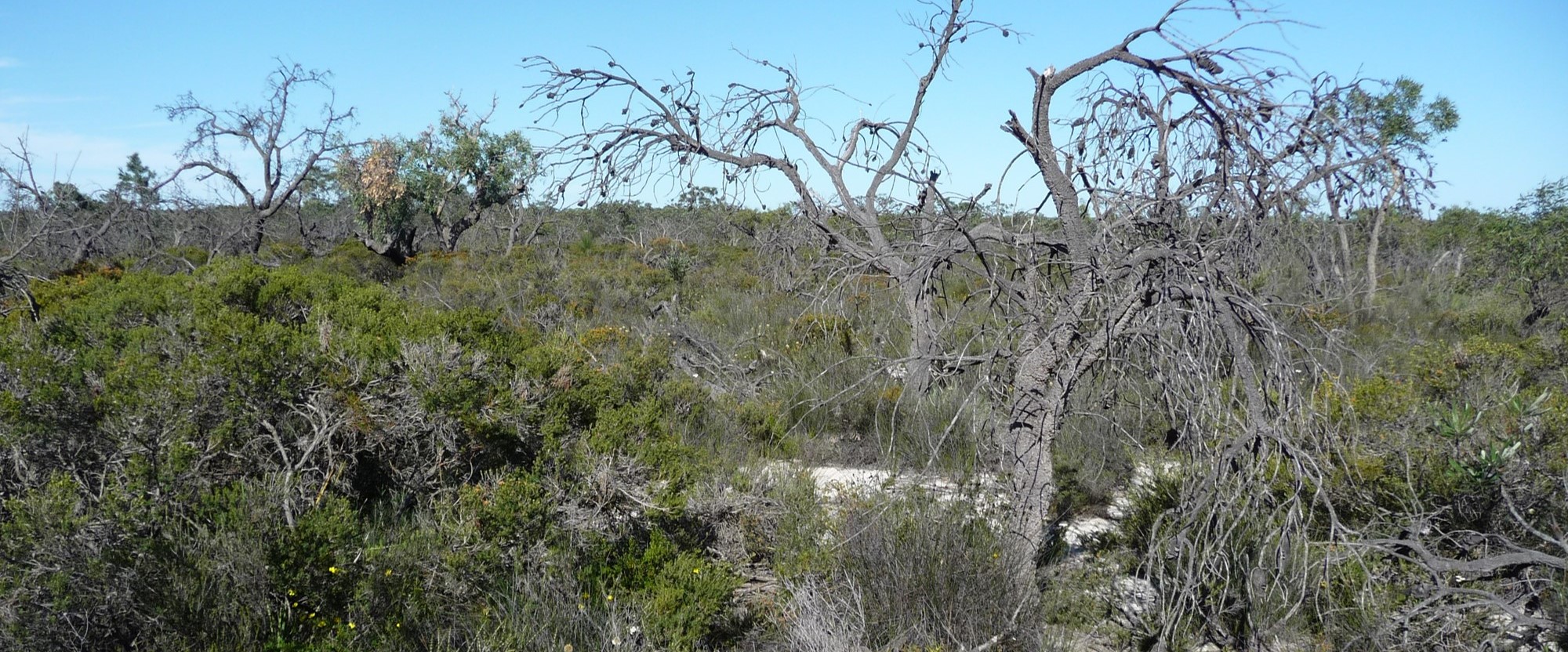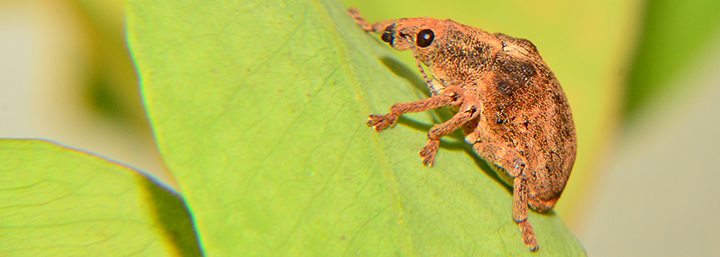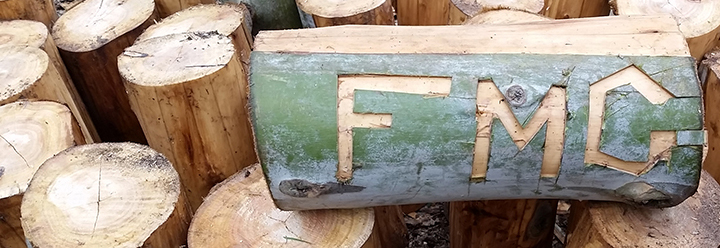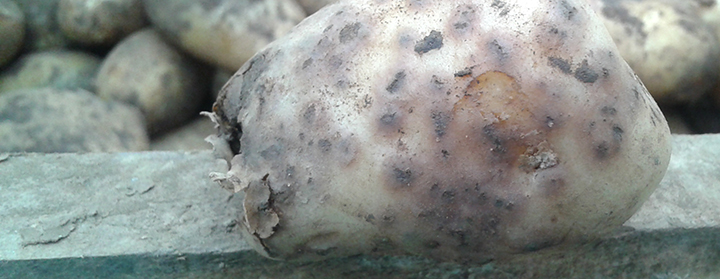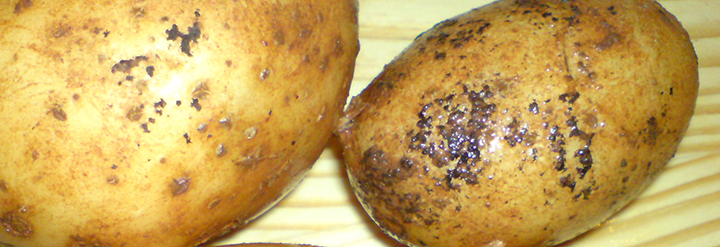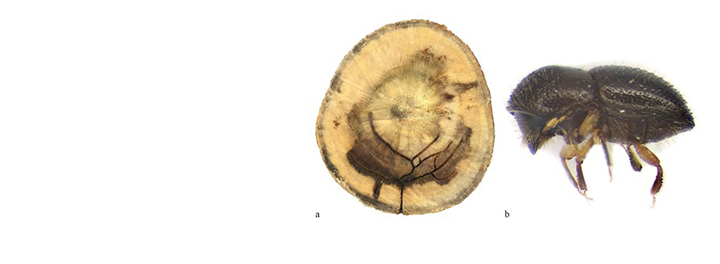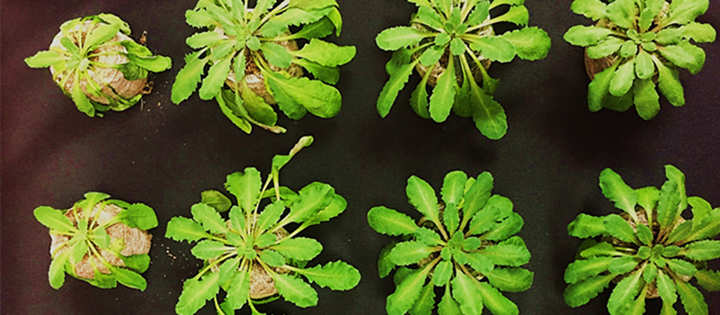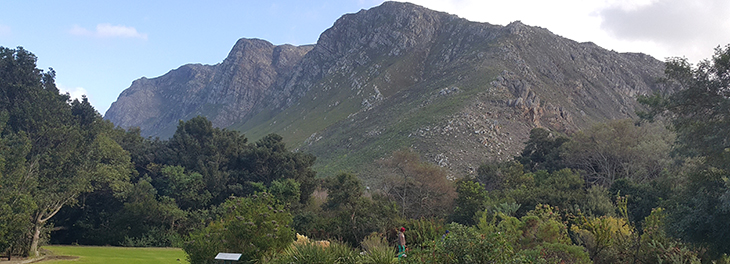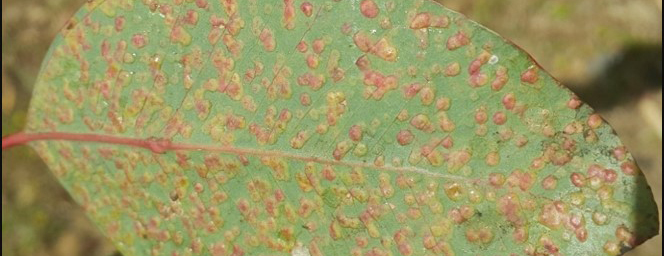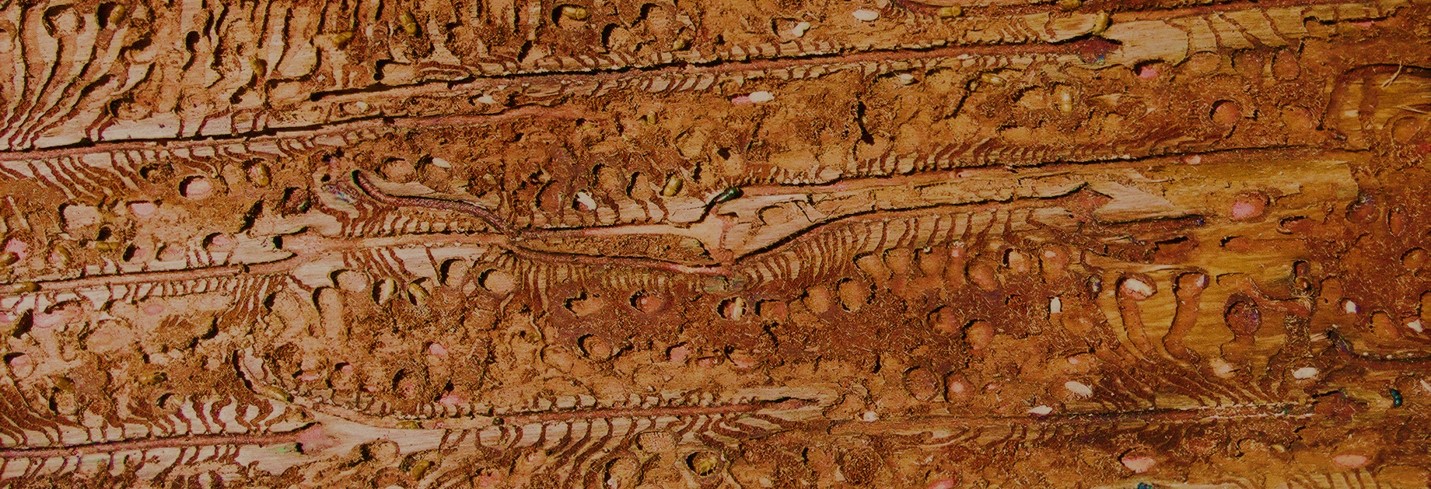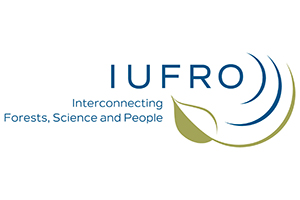What is the first thing that comes to mind when somebody mentions stink bugs? Everybody knows that I referred to their odour. Indeed, stink bugs are well known for producing blends of odoriferous compounds. This unpleasant smell come from a specific gland located in their abdomen where are storage severely compounds. These compounds are important for stink bugs to communicate and interact with their environment, especially in dense vegetation. Their odour can communicate an alarm signal amongst themselves, or signals of repulsion or attraction to their natural enemies.
Now I can see your question, why odoriferous compounds could be used to protect macadamia nuts? This is quite important for the management because these compounds could be used simultaneously to repulse stink bugs from their host plants, and to attract their natural enemies. In my research, we therefore study communication of stink bugs in order to understand how we can use these chemical messages as control options to protect macadamia orchards in South Africa.
Every year, the macadamia industry is affected by stink bugs, which results in several million rands of estimated crops loss. With no other solutions currently available, the industry is forced to spray a large quantity of insecticides. Although the utilisation of chemicals is a short-term control, understanding the biological characteristics of a species can provide clues to develop sustainable methods for the environment.
In our study, we looked at the two-spotted stink bug, Bathycoelia natalicola (family Pentatomidae). This native species of South Africa was discovered in the 1980s and represents the most dominant pest in macadamia orchards. We determined the gland contents of this bug at different ages, and between male and female. In addition, we analysed the behavioural effect of each of the components present in their blends. We extracted the compounds by two methods: directly by gland extractions, and indirectly with alive insects. We found in the odoriferous blend of males and females more than ten components with at least four main components. Our results show that these components are involved in the alarm behaviour of stink bugs and can be used as a defence toward their enemies. The next step will be to determine the minimum blend of compounds that are essential and sufficient to elicit an equivalent activity to that elicited by components released by live bugs, and the optimal ratio and rate of components that are repellent under field conditions. Identification of pheromone is required in order to exploit their full utility, but these results are the first step for South Africa in the
management control of B. natalicola in macadamia orchards.
Semiochemicals of stink bugs and management, a long journey
Many stink bugs are pests whose importance has increased in consequence of the expansion of
chemical utilisation, giving rise to several research on stink bug semiochemistry since the 80s.
Semiochemicals confer multiple communication functions and may be act as a pheromone,
allomone, kairomone or synomone, depending on the context which it is being used or
exploited by senders and receivers.
Pheromones are used for communication between members of the same species and can be
classify as sex, aggregation or alarm pheromone according to their functional role. Allomones
are components used against another species such as predators and parasitoids, which in the
case of stink bugs refer to their repellent smell. Conversely, natural enemies can used
kairomones of their prey to find them, where the benefit is for the receiver. Plant volatiles are
considered synomones when they attract natural enemies of stink bugs, conferring a mutual
benefit to the plant and enemies.
The utilisation of sex pheromones is the most well-known method of mating disruption in
insects, and widespread for lepidopteran pest control. Several studies on the sex pheromone
baited trap were conducted on stink bugs in the field. Nevertheless, compare to other insects,
stink bugs are more complex and are not easily caught in a simple sex pheromone trap. The
reason for this is their mating behaviour that results in a bimodal communication where a
chemical (sexual pheromone) and an acoustic signal (vibrations) are involved. Nevertheless,
scientists have more than one trick in their bag and they observed that stink bugs have an
aggregation capacity. Important research in USA on the invasive pest Halyomorpha halys, or
the brown marmorated stink bug, are currently conducted on commercial apple orchards where
a trap combined with his aggregation pheromone (discovered in 2014) are tested. Other field
experiments demonstrated the interest of the direct utilisation of the scent of stink bugs as a
spray in orchards to attract natural enemies.
As it the case in another country, the identification of semiochemicals of Bathycoelia natalicola
can provide a new tactic for integrated pest management in the macadamia orchards of South
Africa.


